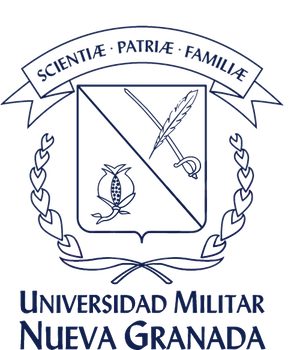Exercises with computer vs. Exercises in paper: a comparative study
Abstract
This article presents the results of a research in the classroom in the subject Programming I, initial course of computer programming in Systems Engineering and Computing. The research pretend to approach the impact of two methodologies of problem solving based on programming logic and the use of programming languages for its implementation. We use a qualitative perspective, as far as the students’ performance as programmers, and quantitative, in what corresponds to the qualification of the written evaluations. It has been used to structure two parallel courses, using different methodologies for solving programming problems. With the first group, a methodology was implemented based on the conceptual resolution of these problems using solutions on paper and with the other one we use resolution of problems based on the intensive use of the computer. The results show a very interesting trend that allows us to make some important inferences regarding the promotion of logic and the approach of solutions in the paper against the use of the computer and the deepening in the purely technological knowledge. Conclusions leave open doors of the discussion about the different and possible ways that the students of programming to appropriate, assimilate and apply the own knowledge of this area.
Downloads
References
Attard, A., Di Ioio, E. & Geven, K. (2010). Student Centered Learning. An insight into theory and practice. Bucarest: Lifelong learning programme - European Community.
Ausubel, D. (1963). Psychology of meaningful verbal learning: an introduction to school learning. New York: Grune & Straton.
Ausubel, D. (1986). Sicología educativa: un punto de vista cognoscitivo. Ciudad de México: Trillas.
Azad, A., & Smith, D. (2014). Teaching an introductory programming language in a general education course. Journal of Information Technology Education: Innovations in Practice, 13, 57-67. https://doi.org/10.28945/1992
Barriga Arceo, F. y Hernández Rojas, G. (2002). Estrategias docentes para un aprendizaje significativo: una interpretación constructivista. Ciudad de México: McGraw Hill Interamericana.
Blanco Rivero, L. y Silva Sánchez, E. (2009). Herramientas pedagógicas para el profesor de Ingeniería. Bogotá: Lemoine Editores.
Bonwell, C., & Eison, J. (1991). Active Learning: Creating Excitement in the Classroom. ASHEERIC Higher Education Report, 1(1), 2-12.
Brown Wright, G. (2011). Student centered learning in Higher Education. International Journal of Teaching and Learning in Higher Education, 23(3), 92-97.
Bruner, J. S. (1963). El proceso de la Educación. Ciudad de México: Editorial Hispanoamericana.
Bruner, J. S. (2009). Actos de significado: más allá de la revolución cognitiva. Madrid: Alianza Editorial.
Calvani, A. (01 de 02 de 2008). Connectivism: new paradigm or fascinating potpourri. Journal of e-Learning and Knowledge Society, 247-252.
Guerrero Sánchez, M. (2014). Metodologías activas y aprendizaje por descubrimiento: las TIC y la educación. Boston, MA: Amazon Digital Services.
Jones, L. (2007). Student Centered Learning. Cambridge: Cambridge University Press.
Kennedy, C. (30 de 11 de 2009). Connectivism at the technology age. B. S. University (Ed.). Dr Rice EdTech 405, 1-11.
Ministerio de Educación Nacional. (2015). Sistema Universitario Estatal SUE - Informe Estadístico Consolidado. Bogotá: MEN, Presidencia de la República.
Prieto, L. (2006). Aprendizaje Activo en el aula universitaria: el caso del aprendizaje basado en problemas. Miscelánea Comillas. Revista de Ciencias Humanas y Sociales, 64(124), 173-196.
Prince, M. (2004). Does Active Learning work? Journal Engineering Education, 93(3). https://doi.org/10.1002/j.2168-9830.2004.tb00809.x
Schildt, H. (2010). C Programming. México: McGraw Hill.
Trejos Buriticá, O. (2000). La Esencia de la Lógica de Programación. Pereira: Papiro.
Trejos Buriticá, O. (2013). Significado y Competencias. Pereira: Papiro.
Trejos Buriticá, O. (2006). Fundamentos de Programación. Pereira: Papiro.
Van Roy, P. (2008). Techniques and methods in programming computer. Louvaine: University Press.












